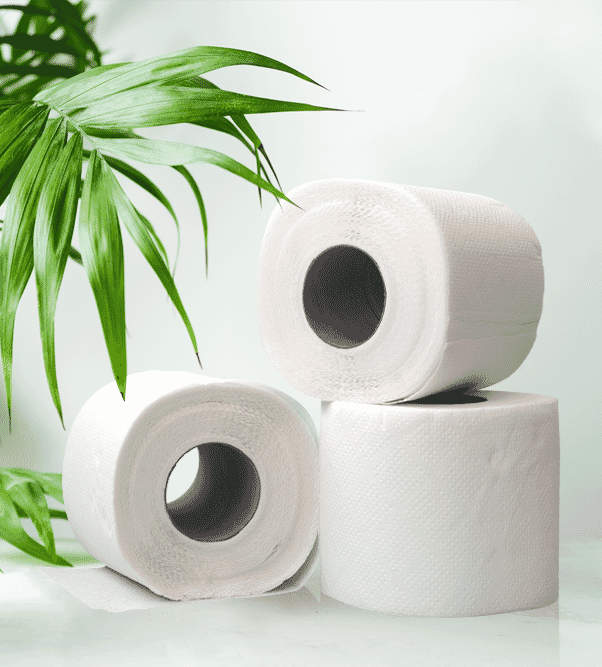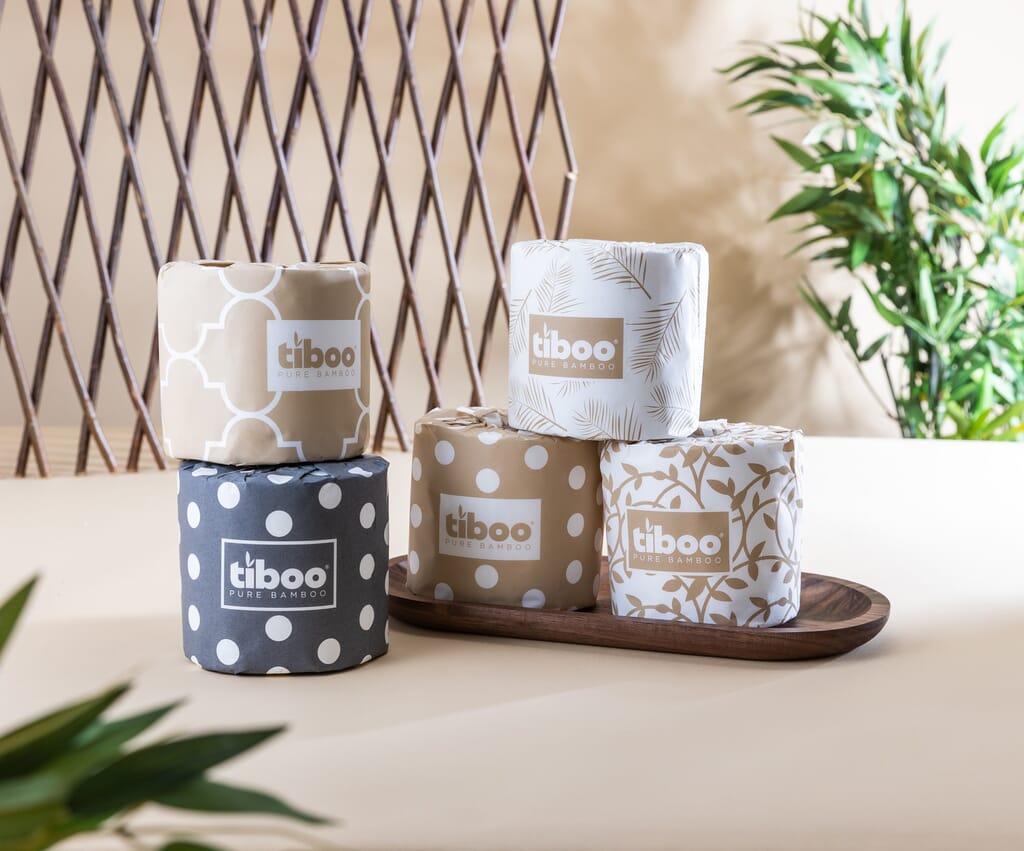The Beginning
There were many things that dictated how wiping was carried out in the past such as local customs and climate, but social hierarchy also impacted people’s toilet habits. Back at the beginning, things were very environmentally friendly, too. As you might expect, really.
From communal sponges on sticks to moss and leaves there’s been a lot of different things used through the centuries. However, the introduction of paper as a wipe originated in medieval China in the 6th century. By the early 14th century, the Chinese were manufacturing toilet paper at the rate of 10 million packages of 1,00 to 10,000 sheets annually.
Toilet paper only became more commercially available in the western world in 1857 when Joseph Gayetty of New York marketed a “medicated paper, for the water closet” sold in packs of 500 sheets for 50 cents. Before his product hit the market, Americans had to improvise.
Toilet paper was first available in Europe when German, Hans Klenk, became the first seller of toilet paper rolls and the first two-ply toilet paper appeared first in 1942 when St. Andrew’s Paper Mill in England was the first place to sell the softer variety.
Since then, the manufacture of toilet paper has become a huge market but, is it sustainable?
According to research from Ethical Consumer magazine, toilet paper production is becoming less and less sustainable.
This research found that major brands are now using less recycled paper than in 2011 and only five of the nine major supermarkets in the UK offer an own-brand recycled toilet paper. The UK uses 1.3m tonnes of tissue a year, according to the Confederation Paper Industries, and the average British consumer reportedly gets through 127 rolls a year.
The growing trend of 4-ply, “luxury” quilted toilet roll is behind the rise in the use of virgin pulp in order to create these soft, “luxury” products. This mass use of virgin pulp toilet paper is a big contributor to unnecessary deforestation. There’s simply not a need to tear down forests to make toilet roll anymore, but it still happens.
Bamboo toilet paper has been ignored by the west, for the most part but it’s now on the rise. Bamboo products in general, not just bamboo toilet paper, are being offered as a sustainable alternative to using the previously mentioned virgin wood pulp.
For starters, bamboo is technically a grass which is more sustainable than using virgin wood pulp and it is also the fastest growing plant on the planet, growing up to 20 times faster than trees in northern boreal forests, it can grow up to 35 inches a day!
Bamboo is 100% biodegradable which makes for cleaner soils. This means it’s easier on landfills, makes for better dirt quality and doesn’t leave as many leftover, unusable by-products during its production. If you’re concerned about softness, bamboo toilet paper is incredibly soft and strong, meaning no accidents.
In fact, bamboo os so soft that you can get bamboo bed sheets, bath robes and even bamboo kitchen rolls.
If you’re in the market for a more environmentally friendly toilet paper option, then look no further than our bamboo toilet paper here at Tiboo® Bamboo.
Our bamboo toilet paper and bamboo kitchen roll are not only luxurious but they’re anti-bacterial, naturally hypoallergenic and fantastic for your skin. By buying with Tiboo® Bamboo, you’re helping us do our bit to preserve our rainforests not only in the here and now but also for the future.
Buy your bamboo toilet roll from Tiboo® Bamboo today. If you have any questions about the products we have here at Tiboo®, or about our toilet roll subscription, feel free to get in touch and one of our friendly team will be more than happy to help. Visit our contact page or alternatively, you can call Team Tiboo® on 01392 908546.


